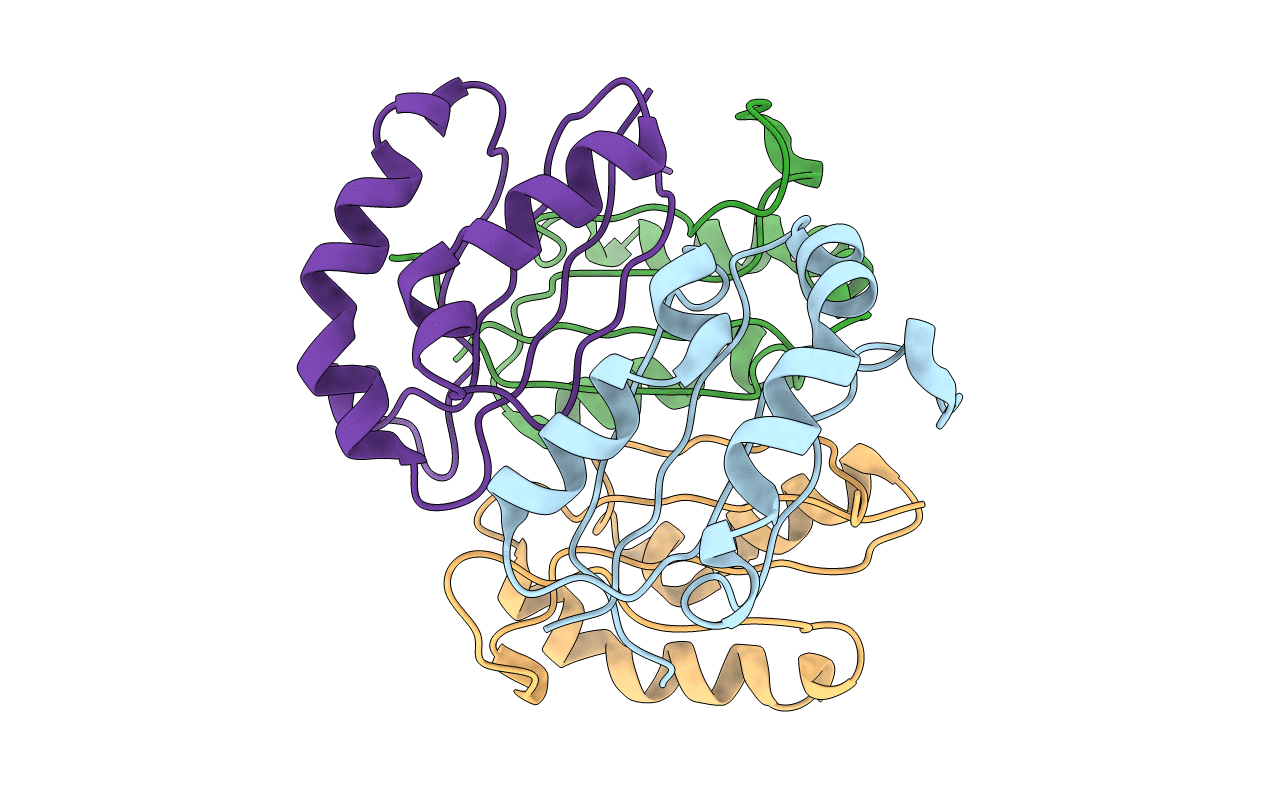
Deposition Date
2013-06-20
Release Date
2013-08-28
Last Version Date
2024-11-27
Entry Detail
PDB ID:
4LBI
Keywords:
Title:
5-chloro-2-hydroxyhydroquinone dehydrochlorinase (TftG) from Burkholderia phenoliruptrix AC1100: Selenomethionyl Apo-form
Biological Source:
Source Organism:
Burkholderia cepacia (Taxon ID: 292)
Host Organism:
Method Details:
Experimental Method:
Resolution:
2.21 Å
R-Value Free:
0.20
R-Value Work:
0.17
R-Value Observed:
0.17
Space Group:
C 2 2 21


